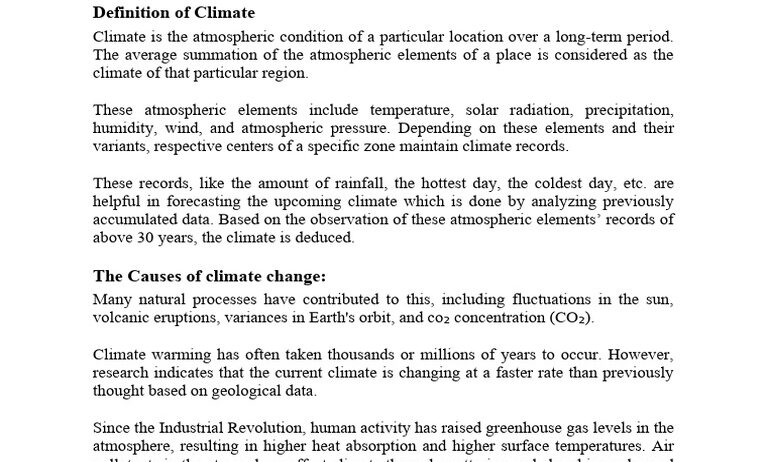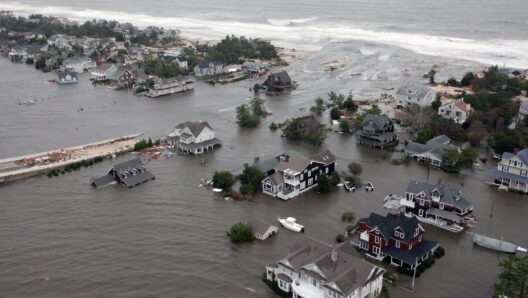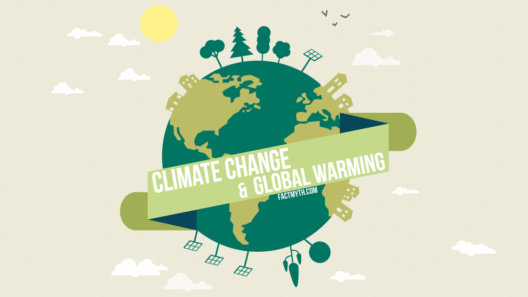Understanding the distinction between climate and weather is crucial not only for meteorologists but also for the general public and policymakers, especially as concerns around climate change grow. These terms are often used interchangeably, yet they represent entirely different concepts that impact our daily lives and the planet’s future.
At its core, weather refers to the short-term atmospheric conditions in a specific place and time, while climate encompasses the long-term trends and averages of those atmospheric conditions over extended periods, typically 30 years or more. This nuanced difference can sometimes be overlooked, leading to confusion about environmental discussions, especially in the context of climate change and extreme weather events.
To navigate these complex yet essential terms, let us explore the intricate layers that separate climate from weather.
The Basics of Weather: A Snapshot of the Atmosphere
Weather is the ever-changing state of the atmosphere at a particular location and time. It includes variables such as temperature, humidity, precipitation, wind speed, and atmospheric pressure. Forecasts predict weather, often projecting conditions for the coming days. Weather phenomena can be dramatic, with storms, rain, or sunshine shifting rapidly from one hour to the next. This variability is what defines weather as a short-term phenomenon.
Think of a summer day where you can expect a sun-soaked morning that transforms into a sudden thunderstorm by afternoon. These fluctuations can be attributed to localized factors such as geography, topography, and the presence of bodies of water, making weather predictions both an art and a science.
The Essence of Climate: Patterns and Long-term Trends
In contrast, climate is the average weather conditions in a region over an extended period, often summarized by statistical data. When one refers to the climate of a region — say, the temperate climate of the Northeast United States or the arid climate of the Sahara — they’re discussing long-term averages that encompass seasonal cycles, annual temperatures, and consistent weather patterns.
Climate takes into account factors such as latitude, altitude, and prevailing winds, leading to large-scale phenomena like ocean currents and monsoon cycles. The classification of climate types, like tropical, desert, or continental, helps delineate how various regions experience consistent weather patterns compared to others. It’s this profound understanding that allows scientists to study climate change and its implications for the future.
Weather vs. Climate: A Key Distinction with Implications
Although weather can affect daily life, climate shapes entire ecosystems, economic systems, and cultural practices. Weather may deliver a storm today, but the climate tells us how frequently and intensely such storms are likely to occur over time. For example, a rainy day in a typically dry region may be seen as an anomaly, whereas persistent rainfall may signal a shift in climatic conditions.
This distinction becomes especially significant when discussing climate phenomena like El Niño and La Niña, which impact global weather patterns but stem from long-term oceanic and atmospheric interactions. Understanding this separation is vital for public policy, agricultural practices, and disaster preparedness.
Consequences of Misunderstanding Climate and Weather
The conflation of climate and weather can lead to critical misunderstandings, especially in the context of climate change. A record-breaking cold snap may lead some to dismiss global warming, citing immediate weather rather than recognizing the broader climatic trends influencing global temperatures over decades. Such misconceptions can hinder the urgency with which both individuals and governments respond to environmental challenges.
Communication plays a pivotal role in addressing this misinterpretation. Educators, scientists, and advocates must clarify these differences to foster a deeper understanding among the public, enabling informed action against climate change.
How Climate Change Influences Weather Patterns
Climate change is currently reshaping our world, often exacerbating existing weather patterns or creating new ones. As temperatures rise, so does the atmosphere’s capacity to hold moisture, leading to increased precipitation or more intense storms in some regions while others may experience droughts. The interplay between climate change and weather variability presents challenges for farmers, urban planners, and emergency services, illustrating the urgent need to recognize the effects of climate on weather systems.
Moreover, the increasing frequency and severity of extreme weather events, such as hurricanes and wildfires, underline the necessity for an informed populace that understands the broader climatic context influencing these day-to-day phenomena.
Conclusion: Empowerment Through Knowledge
The distinction between climate and weather is not merely academic; it has profound implications for how individuals and societies respond to a changing environment. Greater clarity on these terms enables informed dialogue on pressing issues, empowering communities to advocate for sustainable practices and policies. The interplay between daily weather occurrences and the overarching trends of climate lays the foundation for both immediate reaction and long-term planning, proving that understanding these concepts is vital in the quest for a healthier planet.
In summary, distinguishing between climate and weather fosters increased awareness and proactive measures, enhancing our collective ability to combat environmental challenges and securing a viable future for generations to come.








